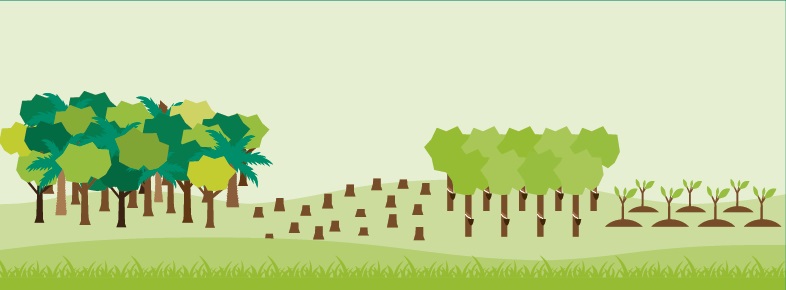
- #Watch the forest drivers
- #Watch the forest driver
- #Watch the forest verification
- #Watch the forest software
- #Watch the forest plus
#Watch the forest drivers
The orange graph shows some of the top drivers of deforestation and forest degradation, including mining, fire, and agriculture. The map on the right in this dashboard shows areas of deforestation and forest degradation. He added that the recent El Niño weather pattern (which has caused droughts) has led to more wildfires and deforestation in some areas. Increases in deforestation usually occur when the price of gold spikes because of the prevalence of gold mining in Guyana, according to Watt.
#Watch the forest driver
Clicking on a red (deforestation) or yellow (degradation) portion of the map reveals the land-use class (e.g., degraded forest) and the driver (e.g., mining, forestry, fire). The main driver of deforestation and forest degradation is mining. The current map in the dashboard shows a total of 158,274 hectares of deforestation activity and 35,621 hectares of degradation activity in Guyana, a country that’s 21.4 million hectares in size.

“The dashboard adds some analytics, so it’s easier to see trends- how much forest has been lost and where,” Watt said. But in a move toward conducting more real-time data collection, analysis, and information sharing, the organization recently started to use ArcGIS Dashboards in ArcGIS Online to create dashboards and launch mobile apps to help monitor and report where forest cover losses have occurred.

#Watch the forest software
GFC began using Esri ArcGIS software many years ago to create maps of its forest cover. Part of the Guyana Forestry Commission’s mission is to conserve and protect the country's tropical rainforests. In return, Norway would provide performance-based payments for carbon stocks on an annual basis. Guyana agreed to monitor, report, and verify changes in its forest cover and the related carbon loss. It’s an effort to mitigate climate change.
#Watch the forest plus
Guyana is recognized as a low deforestation country and signed the Guyana Norway Agreement in 2009 as part of the United Nations’ initiative called Reducing Emissions from Deforestation and forest Degradation, plus the sustainable management of forests, and the conservation and enhancement of forest carbon stocks (REDD+).
#Watch the forest verification
Watt works as an adviser to the GFC and is responsible for developing and maintaining the country’s national Monitoring Reporting and Verification System (MRVS), which was created to monitor its forest areas and carbon loss. “Mining operations are the main cause of deforestation in Guyana over the last decade, as shown by a monitoring system the country put into place to track such activity,” said Pete Watt, team leader of the Resource Monitoring Group at Indufor, an international consulting firm that provides services to the forestry sector. The information gathered will provide the GFC with situational awareness and a means of compliance monitoring. The Guyana Forestry Commission (GFC) is developing a dashboard created with ArcGIS Dashboards that will generate reports about deforestation in the South American nation, which is renowned for its lush rain forests and exotic wildlife such as jaguars, capuchin monkeys, and giant armadillos.Įsri mobile apps such as ArcGIS Field Maps and ArcGIS Survey123 also will be used by staff at GFC field stations to collect location data and other information on mining and forestry operations, wildfires, agricultural activities, and other drivers of deforestation and forest degradation.

Researchers involved in the study say that reducing deforestation will protect the rainforest and also restore resilience.Guyana Develops ArcGIS Software-Based Forest Monitoring System for REDD+ Compliance We could also see more storms, worse wildfires and nearly a foot of sea-level rise in coastal communities. The loss of the rainforest won’t just affect the earth’s temperature.Įxperts say that food sources for millions of people could shrink. Researchers fear that half of the Amazon could turn into a savanna in just decades and that this could accelerate climate change.īecause the rainforest is losing trees and taking longer to regenerate, it will become more difficult, and maybe impossible, for the world to limit its temperature rise to 2.7 degrees Fahrenheit. Resilience is defined as how much disturbance an ecosystem can withstand without changing its processes and structures.Īccording to the study, vegetation in the Amazon is drier and takes longer to regenerate after a disturbance.Īreas with less rainfall and regions that are closer to human activity are losing resilience even faster than other parts of the rainforest. Scientists warn that the Amazon rainforest is near its “tipping point” as more trees die.Ī study published in the journal Nature Climate Change, more than three-quarters of the Amazon has lost resilience since the early 2000s.


 0 kommentar(er)
0 kommentar(er)
